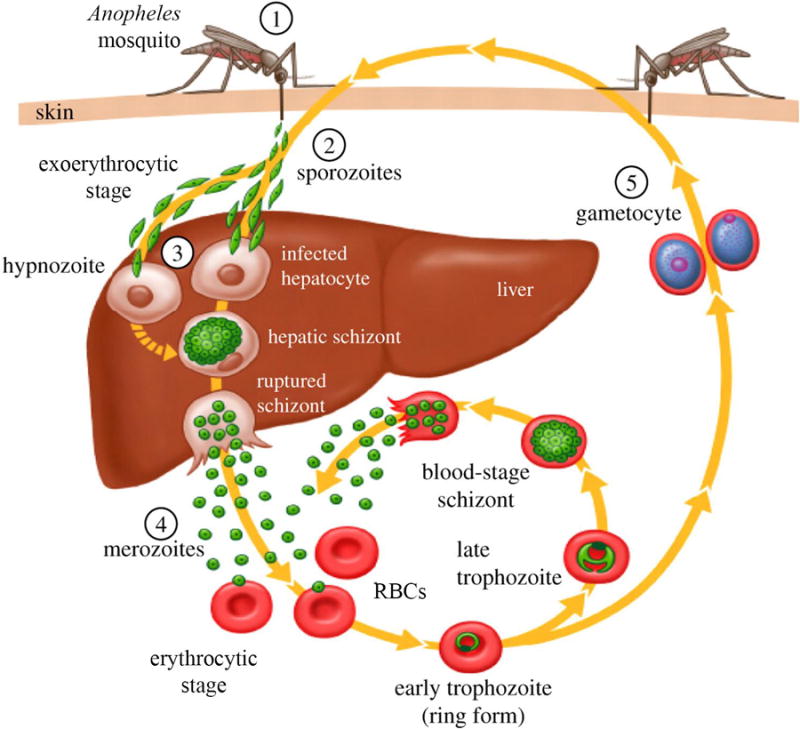Figure 1. Lifecycle of Plasmodium spp. parasites.

1) In the human host, infection is precipitated by the bite of an Anopheles spp. mosquito. 2) Sporozoites enter the bloodstream and quickly migrate to the liver. 3) In the liver, parasites undergo a replicative round within hepatic cells. The parasites then egress from the liver as merozoites, and rapidly invade circulating red blood cells (RBCs). For some species of Plasmodium, the liver stage parasites never fully mature, but rather transition into dormant forms of the parasite termed hypnozoites. These hypnozoites may re-activate months to years later, re-establishing productive infections in the human host. 4) Blood stage parasites proceed through several rounds of asexual replication. Each replication round culminates in the rupture of the host erythrocyte, leading to clinical symptoms in the host. The released merozoites then invade new RBCs, beginning the cycle over again. 5) A small percentage of blood stage merozoites leave the asexual replicative cycle, instead differentiating into male and female gametocytes. These sexual blood stage parasites are the only form of the parasite that can be transmitted from the human to the mosquito host. Figure reproduced from Hill et al [70].
